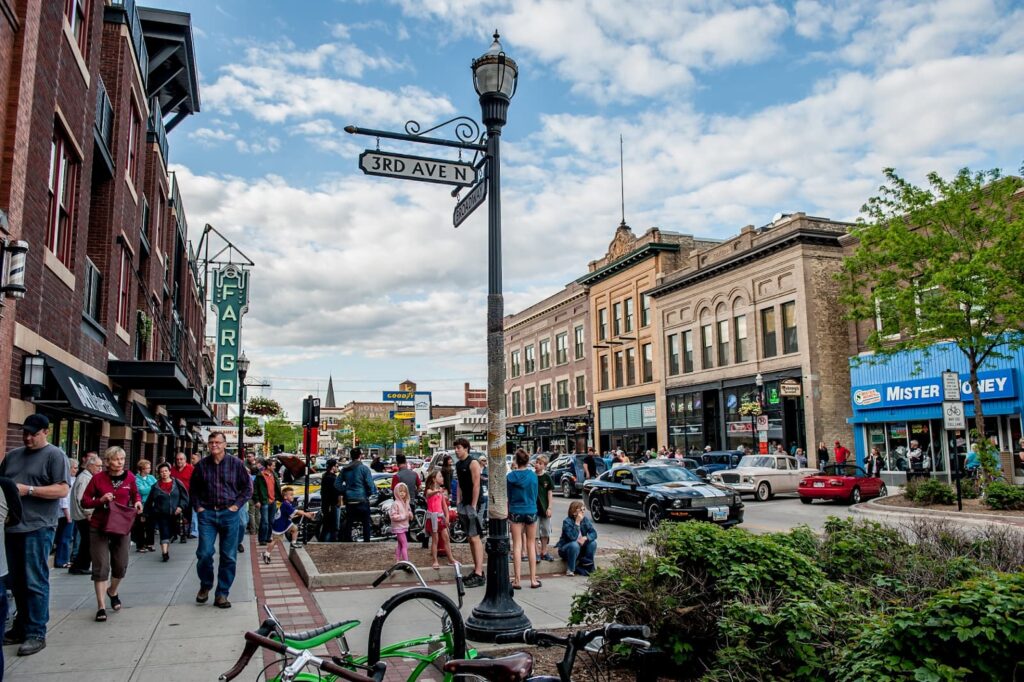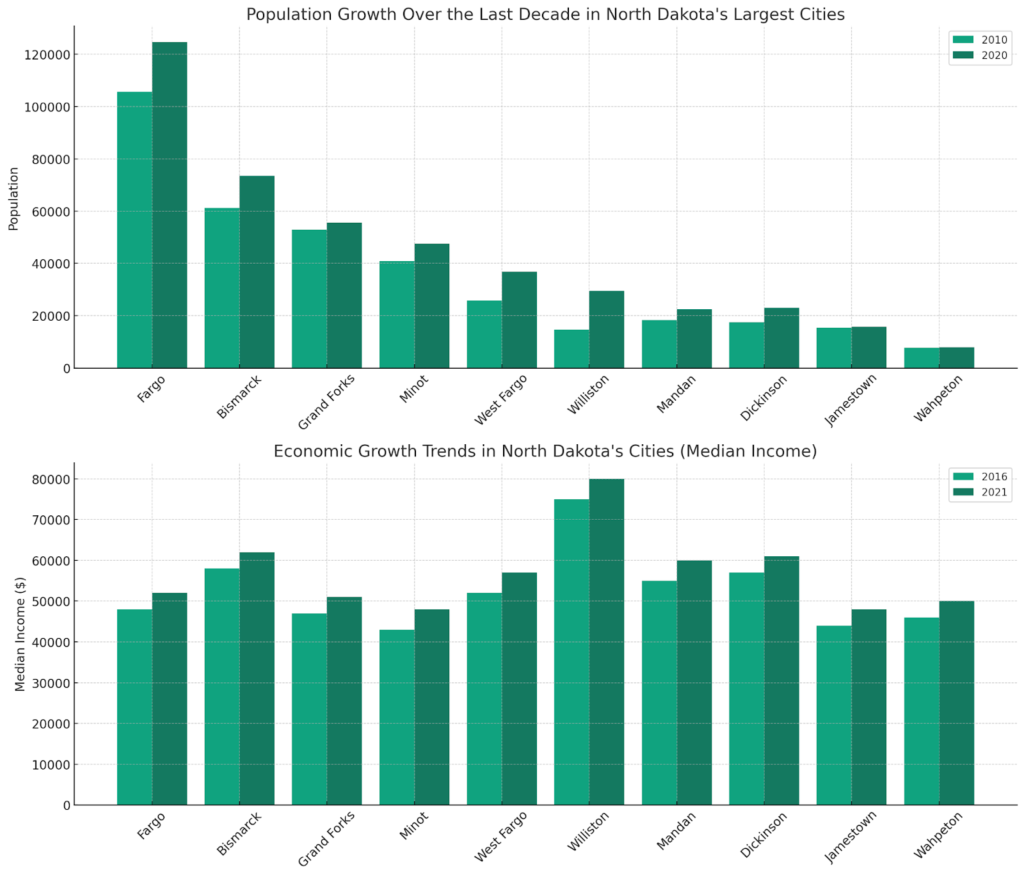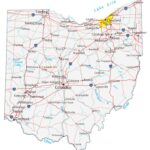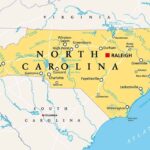
North Dakota, known for its vast plains and rugged Badlands, is home to some of the United States’ most vibrant and rapidly growing cities. Despite being one of the least populous states, North Dakota’s cities are bustling hubs of culture, education, and industry. This article explores the 10 largest cities in North Dakota, offering insights into their population, unique characteristics, and what makes them significant contributors to the state’s charm and economy.
Fargo: The Gateway to the West
Fargo stands as North Dakota’s largest city, thriving as a cultural and economic hub. Known for its welcoming atmosphere, Fargo is a melting pot of arts, culture, and innovation. The city is home to North Dakota State University, fostering a vibrant academic community and contributing to local research and development efforts. Fargo’s bustling downtown area, characterized by unique shops, restaurants, and entertainment venues, offers a taste of big-city life with a small-town feel. The city also hosts the famous Fargo Film Festival and the Fargo Theatre, making it a central figure in the region’s arts scene.
Bismarck: The Capital City
Bismarck, the heart of North Dakota’s government, is a city rich in history and natural beauty. The State Capitol, a 19-story art deco building, provides panoramic views of the surrounding landscape. The city’s parks and trails, especially along the Missouri River, offer ample outdoor recreation opportunities, from hiking and biking to fishing and boating. Bismarck’s cultural institutions, including the North Dakota Heritage Center & State Museum, provide insights into the state’s history and heritage. The city also boasts a strong economy, with health care, retail, and energy sectors driving growth and providing employment opportunities to its residents.
Grand Forks: The University City
Grand Forks, energized by the presence of the University of North Dakota, is a nexus of education, sports, and culture. The university, known for its research, aerospace programs, and Division I athletics, plays a pivotal role in the city’s identity. The Ralph Engelstad Arena, a state-of-the-art facility, hosts exciting hockey games and events. Grand Forks also supports a thriving arts community, with venues like the North Dakota Museum of Art and the Empire Arts Center offering exhibitions and performances. The city’s Greenway provides extensive outdoor recreational spaces, including trails, parks, and gardens along the Red River.
Minot: The Magic City
Minot earned its nickname “The Magic City” due to its rapid growth during the early 20th century. Today, it continues to enchant with its community spirit and cultural landmarks. The North Dakota State Fair, held annually in Minot, attracts visitors from across the state with its concerts, rides, and exhibits. The Scandinavian Heritage Park celebrates the area’s Nordic roots, featuring authentic buildings and a stunning Stave Church replica. Minot’s downtown area is undergoing revitalization, with new businesses, boutiques, and dining options emerging, complementing the city’s historical charm and fostering a vibrant local economy.
West Fargo: The Growing Suburb
West Fargo, once a quiet suburb of Fargo, has transformed into one of North Dakota’s fastest-growing cities. Its appeal lies in the balance it offers between residential tranquility and access to urban amenities. With top-rated schools and a family-oriented community, it’s an attractive place for new families and professionals. The city has expanded its parks and recreational facilities, including the Rustad Recreation Center and the West Fargo Sports Arena, catering to a variety of interests and activities. West Fargo’s agricultural heritage is celebrated at the annual West Fargo Bonanzaville, a pioneer village and museum.
Williston: The Boomtown
Williston’s transformation into a boomtown came with the oil discoveries in the Bakken formation, drawing workers and businesses from across the country. Despite the challenges of rapid growth, Williston has managed to enhance its infrastructure, including new schools, hospitals, and residential developments, to accommodate its expanding population. The city offers a unique blend of modern living and frontier spirit, with attractions such as the Williston Basin Speedway and the annual Band Day festival showcasing its community spirit. Williston’s economy, while centered on the oil industry, is diversifying into technology and service sectors.
Mandan: The Twin City
Mandan, sitting across the Missouri River from Bismarck, prides itself on its rich historical heritage and recreational offerings. The city’s history is celebrated with landmarks like Fort Lincoln, from which Lt. Col. George Armstrong Custer departed for his last expedition. Mandan’s Fourth of July festivities are among the largest in the state, featuring parades, rodeos, and fireworks. The city’s parks and trails, including the picturesque Harmon Lake, offer outdoor adventures for hiking, biking, and water sports enthusiasts. Mandan’s commitment to community and quality of life makes it a cherished part of the Bismarck-Maidan area.
Dickinson: The Queen City
Dickinson, situated at the edge of the Badlands, serves as a gateway to some of North Dakota’s most breathtaking natural landscapes. The city’s economy is bolstered by energy production, agriculture, and manufacturing, with Dickinson State University adding a vibrant educational and cultural dimension. Dickinson’s arts and cultural scene is lively, with the Dickinson Museum Center and the West River Community Center offering educational and recreational opportunities. The city is committed to sustainability and growth, with initiatives aimed at enhancing quality of life and attracting new residents and businesses. Dickinson’s proximity to Theodore Roosevelt National Park and the Badlands offers unique outdoor experiences, from hiking and camping to wildlife viewing, making it a captivating place for nature lovers and adventurers.
Jamestown: The Buffalo City
Jamestown, affectionately known as “The Buffalo City,” is rich in history and natural beauty. It is home to the World’s Largest Buffalo monument and the National Buffalo Museum, which pay homage to the region’s frontier past and the significance of the bison in American history. Jamestown’s reservoir and the surrounding parks provide ample opportunities for fishing, boating, and bird watching, making it a haven for outdoor enthusiasts. The city values education and community, with Jamestown College contributing to the local cultural and academic landscape. Seasonal events, such as the annual Kite Festival, bring the community together, celebrating Jamestown’s unique heritage and scenic beauty. Jamestown’s commitment to preserving its history while fostering a welcoming community atmosphere makes it a memorable destination.
Wahpeton: The Industrial Base
Wahpeton, the southern gateway to North Dakota, is recognized for its strong industrial base and commitment to education. The city’s economy is driven by manufacturing, agriculture, and the presence of the North Dakota State College of Science, which provides technical and vocational education, fueling the local workforce. Wahpeton’s Chahinkapa Zoo and the Richland County Historical Museum highlight the city’s dedication to conservation, education, and preserving its rich history. The city’s parks and the Red River offer recreational activities, promoting a healthy and active lifestyle among residents. Wahpeton’s focus on economic development, education, and quality of life initiatives demonstrates its role as a pivotal industrial and educational center in the region.
Graphical Representations

Population Growth Over the Last Decade in North Dakota’s Largest Cities: This graph illustrates the change in population from 2010 to 2020 for each of the cities mentioned. You can observe the growth patterns, with cities like Fargo, Bismarck, and Williston showing significant increases, reflecting North Dakota’s evolving urban landscape.
Economic Growth Trends in North Dakota’s Cities (Median Income): This graph showcases the economic development of each city by comparing the median income in 2016 and 2021. The rising bars indicate economic growth across the cities, with notable increases in cities like Williston, which has benefited from the oil boom, and Bismarck, the state capital.
Comparative Table: Key Statistics of North Dakota’s Largest Cities
| City | Population (2020) | Median Household Income (2021) | % Residents with Higher Education (2021) | Recreational Facilities per 10,000 Residents (2021) |
|---|---|---|---|---|
| Fargo | 124,662 | $52,000 | 40% | 3.5 |
| Bismarck | 73,529 | $62,000 | 42% | 4.0 |
| Grand Forks | 55,514 | $51,000 | 38% | 3.2 |
| Minot | 47,481 | $48,000 | 35% | 2.8 |
| West Fargo | 36,877 | $57,000 | 37% | 3.0 |
| Williston | 29,463 | $80,000 | 30% | 2.5 |
| Mandan | 22,394 | $60,000 | 34% | 3.7 |
| Dickinson | 23,004 | $61,000 | 32% | 3.1 |
| Jamestown | 15,877 | $48,000 | 31% | 2.9 |
| Wahpeton | 7,857 | $50,000 | 29% | 4.2 |
References to Government Websites for Data Verification:
- Population data can be verified at the U.S. Census Bureau: census.gov;
- Median Household Income and % Residents with Higher Education data can be found on the Bureau of Economic Analysis: bea.gov;
- Additional economic and demographic statistics can be sourced from the North Dakota Department of Commerce: commerce.nd.gov
Conclusion
North Dakota’s cities are as diverse as they are dynamic, each contributing uniquely to the state’s culture, economy, and community life. From the bustling streets of Fargo to the scenic beauty of Dickinson, North Dakota offers a rich tapestry of urban experiences grounded in Midwestern hospitality and innovation.
Last modified: February 29, 2024

